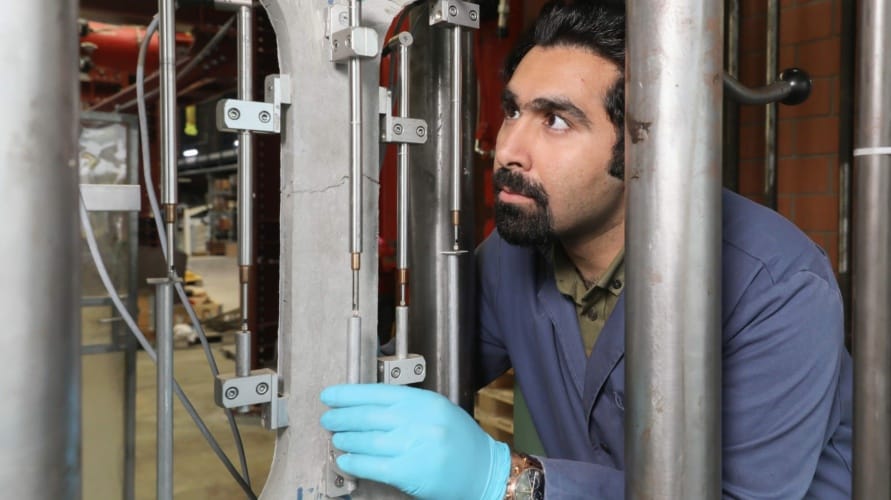Swiss team develops more sustainable reinforced concrete
Replacing steel in fibre reinforced concrete with stiff polyethylene and adjusting concrete mix reduces carbon footprint without compromising strength or consistency of wet mixture

If human history can be divided into ages named after materials, we could now be said to be in the steel-and-glass age. But the artefacts of our previous epoch, the concrete age, are still all around us, and concrete underpins the shining structures now being built. It also comprises much of our road and rail infrastructure, but concrete ages, and materials that were used in its formulation decades ago are now deteriorating. Unfortunately, concrete produces more carbon dioxide emissions in its production than almost any other material, so engineers are searching for a more sustainable way of maintaining existing concrete structures.

Register now to continue reading
Thanks for visiting The Engineer. You’ve now reached your monthly limit of news stories. Register for free to unlock unlimited access to all of our news coverage, as well as premium content including opinion, in-depth features and special reports.
Benefits of registering
-
In-depth insights and coverage of key emerging trends
-
Unrestricted access to special reports throughout the year
-
Daily technology news delivered straight to your inbox










Water Sector Talent Exodus Could Cripple The Sector
Maybe if things are essential for the running of a country and we want to pay a fair price we should be running these utilities on a not for profit...